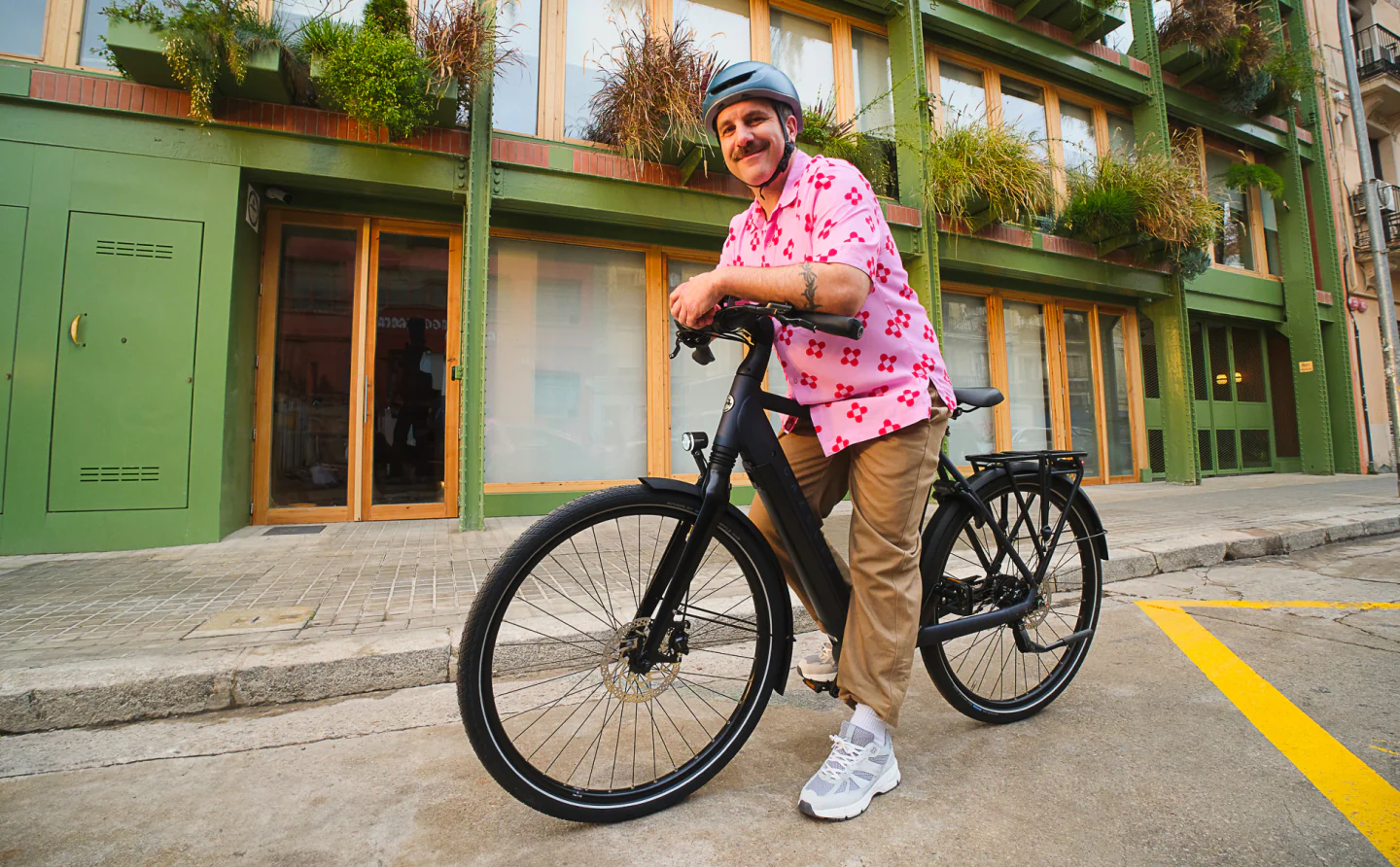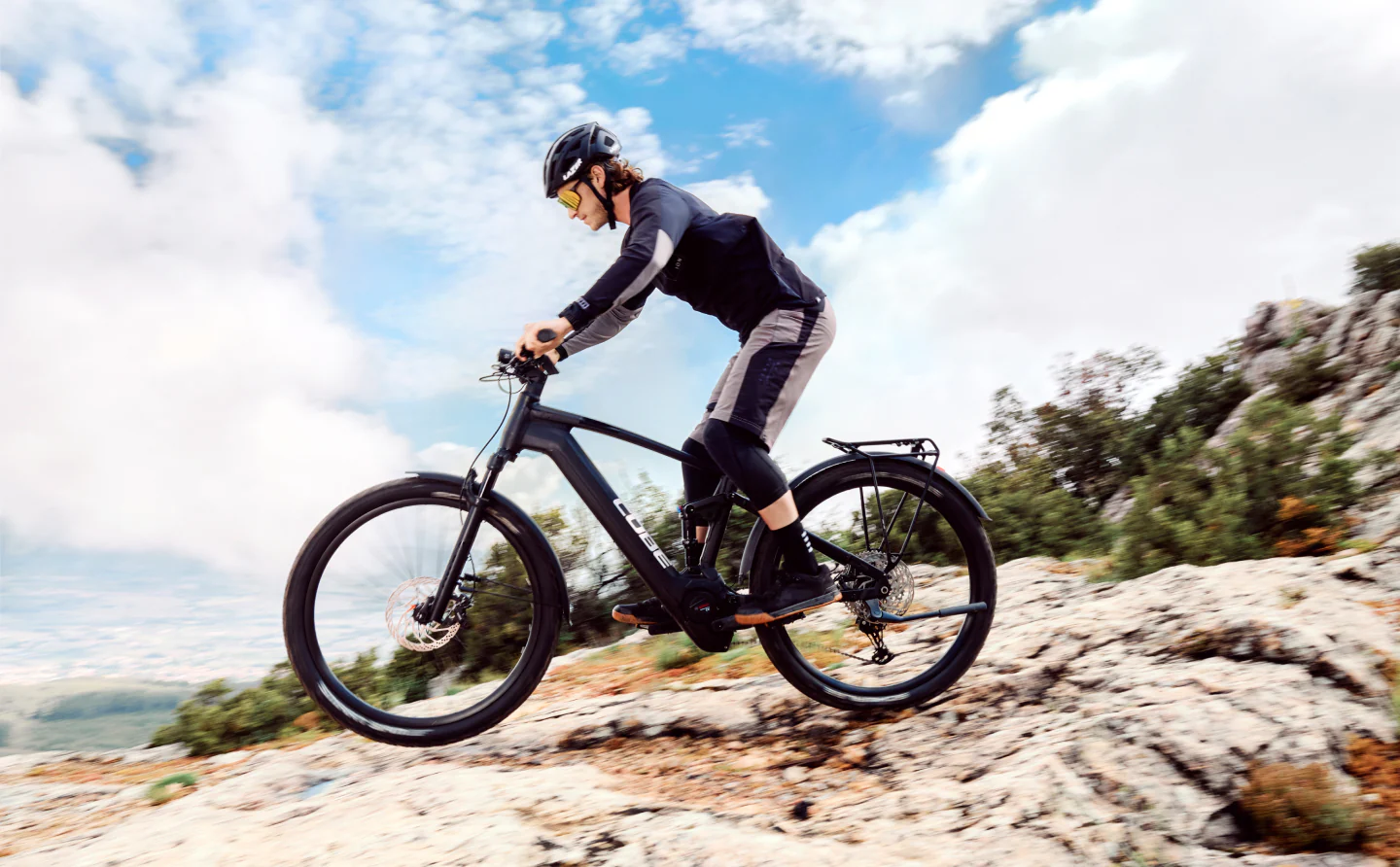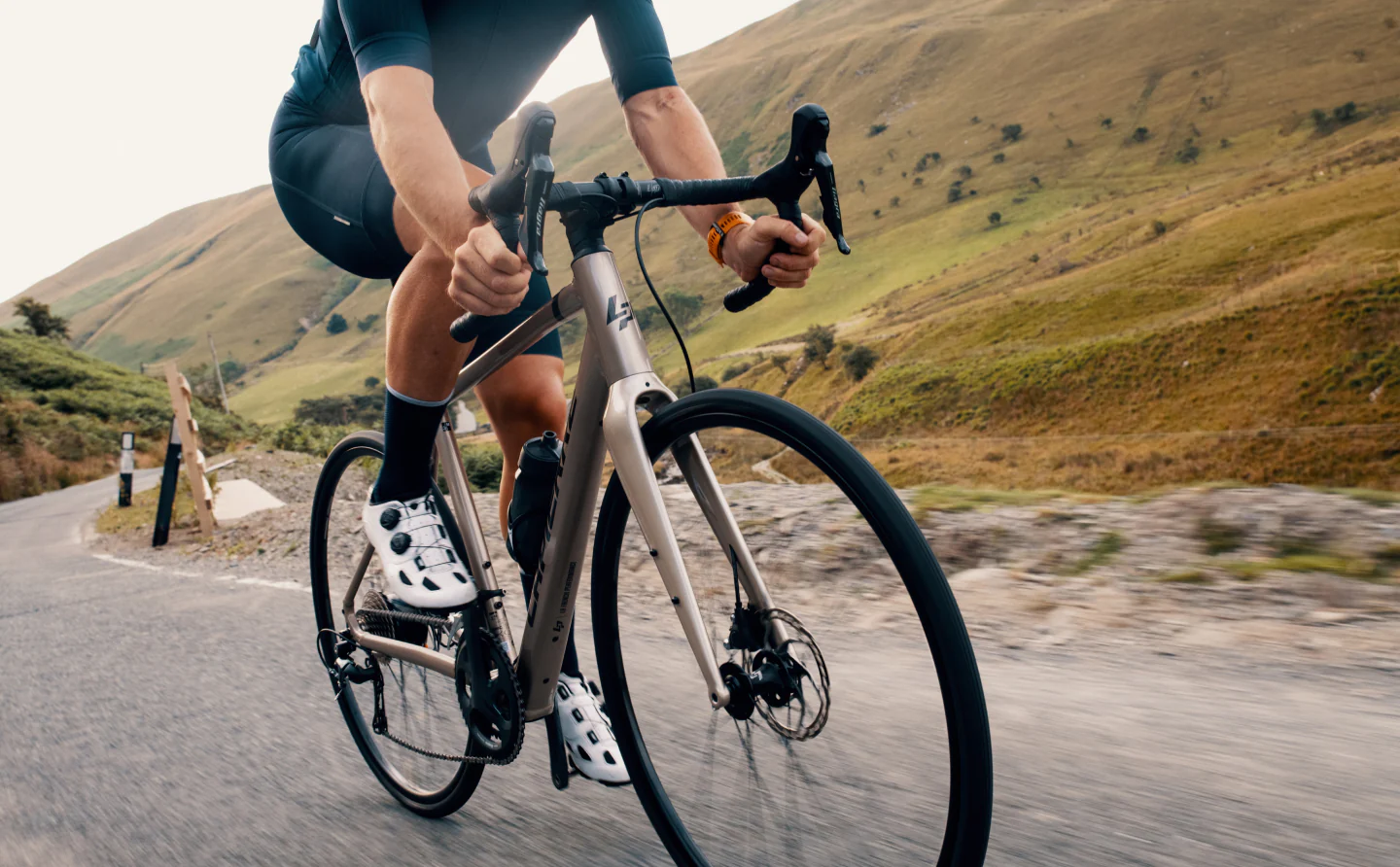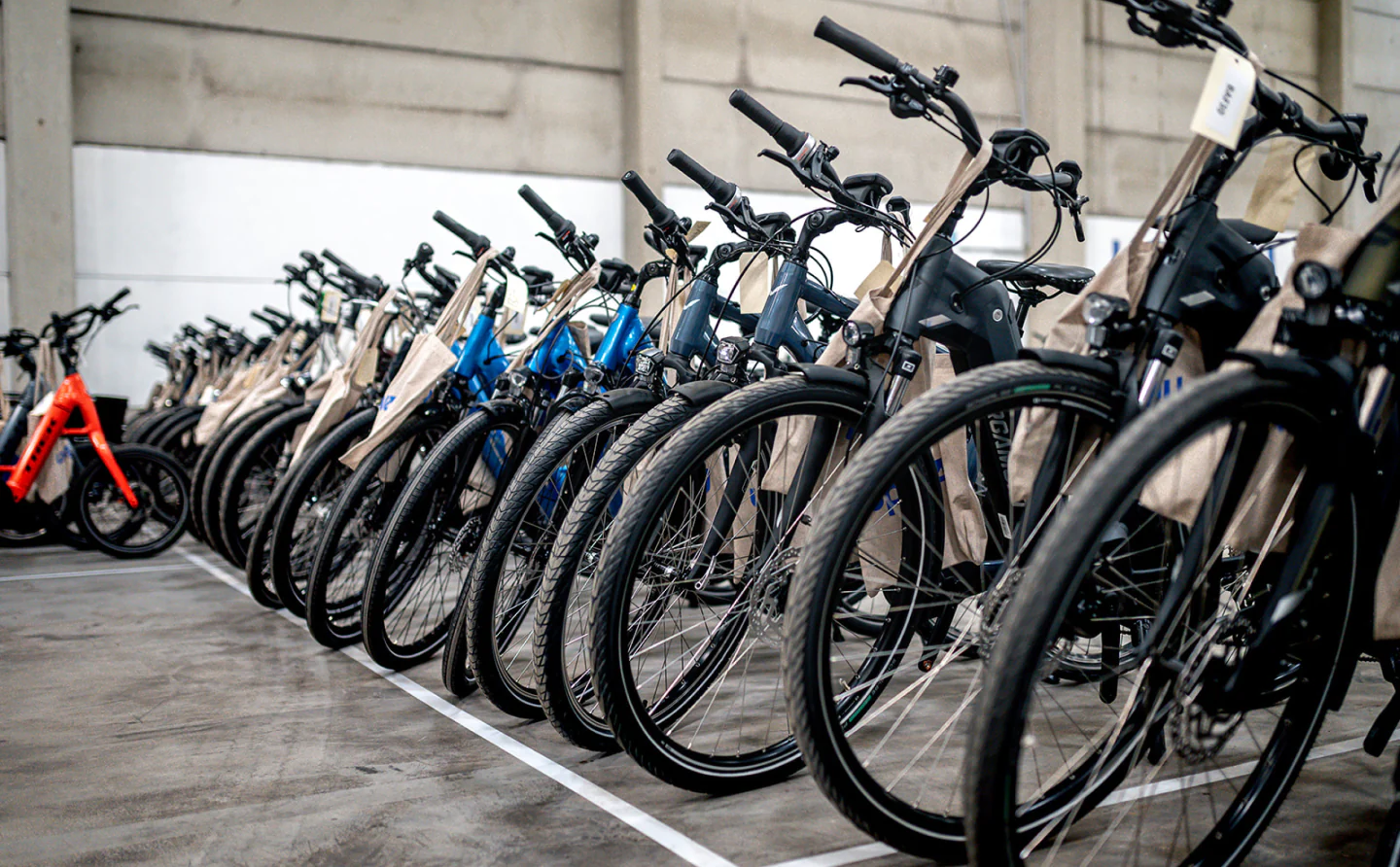A temporary art display on the U.S.-Mexico border is bringing to light the plight of species whose movement has been obstructed by the border wall.
What's happening?
Artist Lauren Strohacker, backed by the support of environmental nonprofits, has created a temporary art installation in the border town of Nogales, Arizona, Inside Climate News reported. Here, images of native animals like the jaguar and Mexican gray wolf have been projected onto the border wall to bring attention to how the structure is disrupting their habitat by blocking passage.
"This isn't about making beautiful art," Strohacker told the publication. "It's about radicalizing people to what this wall does, what it doesn't do, what people say it does, and that it's not a solution to whatever we consider to be problems. And it's causing more and more problems for those communities — both human and nonhuman — in the borderlands."
Why is this message important?
The borderlands region is home to imperiled species like the jaguar, ocelot, Sonoran pronghorn, Mexican gray wolf, Peninsular bighorn sheep, and a subspecies of ferruginous pygmy-owl found nowhere else in the United States, according to Defenders of Wildlife.
The organization adds that the survival of these animals depends on habitat connectivity and their ability to migrate across a vast network of national parks, monuments, wildlife refuges, national forests, national wilderness areas, and preserves in both countries.
However, barriers like the wall can prevent these animals from doing so, impeding their ability to find food, water, and potential mates. In Nogales, for instance, the wall towers about 20 feet high with steel bollards filled with concrete and wrapped in barbed wire.
Watch now: Honda reveals how it's rethinking electric vehicles from the ground up with exciting new concept cars
"The newer border wall design geared to try to keep every single thing out … really has reduced the ability of animals, particularly large animals, to get through the fence just because there's not as much space in between the slats," Jesse Alston, who is an assistant professor at the University of Arizona's School of Natural Resources and the Environment, told Inside Climate News.
The problem is only compounded by a warming world. For instance, warmer temperatures could push some species like jaguars north, only to find that they're at the end of the road.
These challenges come amid a global biodiversity crisis — in fact, we are losing species at a rate "between 1,000 and 10,000 times higher than the natural extinction rate," according to the World Wildlife Fund.
This is troubling for many reasons. At its most basic, having a wide range of animals helps support healthy ecosystems that provide us fresh air, food, and water. Iconic animals like jaguars and wolves are also important to many cultures. For instance, ancestral communities across the Americas revere jaguars, and many include them in their symbolism and stories.
TCD Picks » Upway Spotlight

What's being done about habitat connectivity at the border?
In addition to public awareness campaigns like the recent art installations, nonprofit environmental groups like Defenders of Wildlife have been fighting against the wall for years. For instance, in 2007, they won an injunction to stop the George Bush administration from building a wall in the San Pedro River National Riparian Conservation Area in Arizona.
Groups are also advocating for the mitigation of damage due to the wall's construction and the reestablishment of critical wildlife movement routes.
You can help minimize climate-related impacts to wildlife by voting for environmentally-minded politicians.
You can also reduce the amount of planet-warming pollution you produce by changing the way you get around. Some options include riding your bike more often, taking public transit, making sure your car is running as efficiently as possible, and making your next car an electric vehicle.
Join our free newsletter for cool news and cool tips that make it easy to help yourself while helping the planet.














